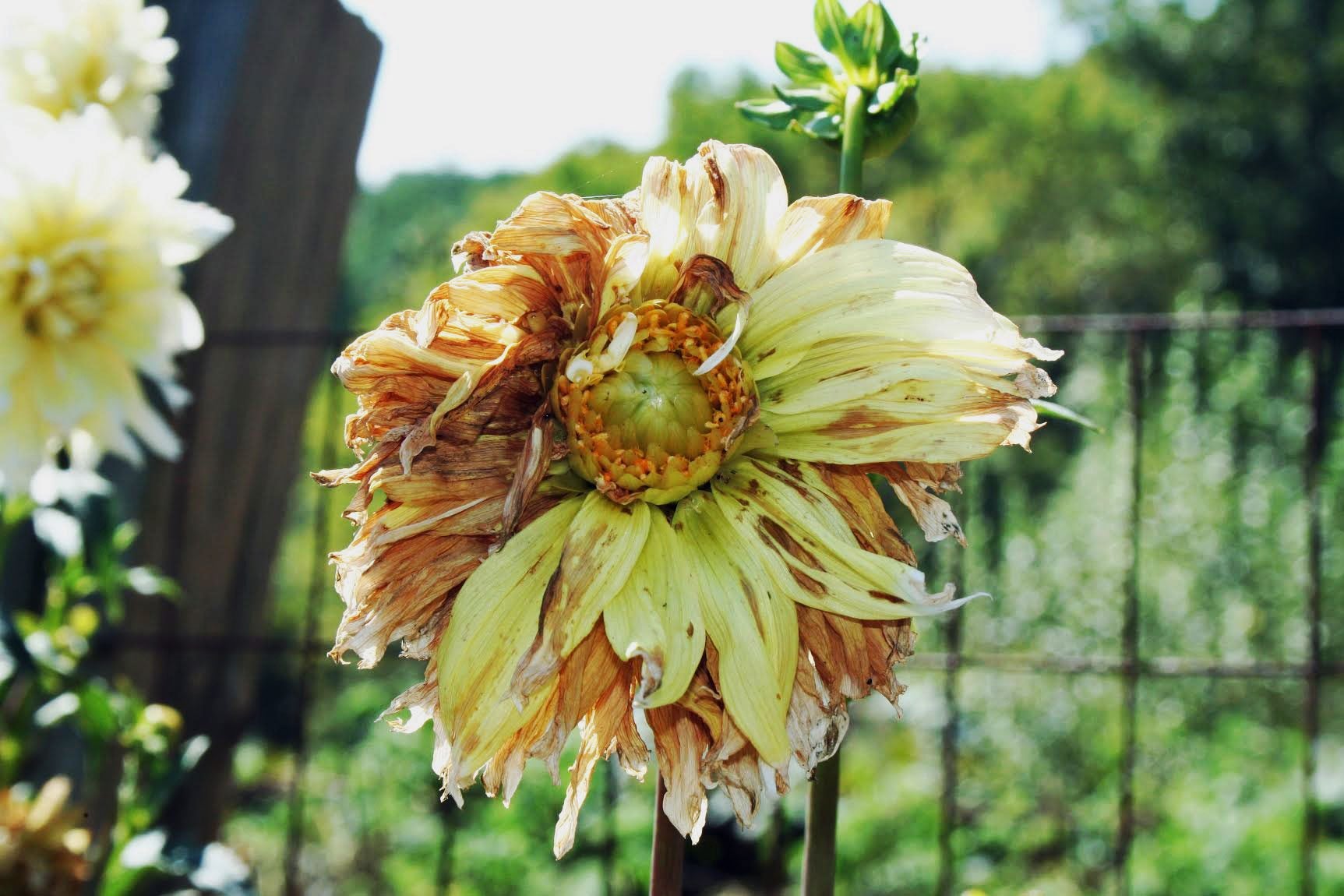Dahlia Flower Diseases: Learn About Dahlia Disease Treatment


Dahlias, available in an incredible range of sizes, colors, and forms, grace your garden from midsummer to the first frost in autumn. Dahlias aren’t as difficult to grow as you may think, but proper care may prevent certain dahlia flower diseases. Read on to learn more about a few of the most common diseases in dahlias.
Common Dahlia Diseases
Below you will find the most common diseases in dahlia plants:
- Powdery mildew – This fungal disease is easy to spot by a mealy, powdery growth that appears on leaves, usually late in the growing season. Although powdery mildew is rarely fatal, it can definitely affect the appearance of the plant.
- Botrytis blight – A fungal disease commonly known as gray mold, botrytis blight is initially evidenced by brown, water-soaked spots that enlarge and develop a fuzzy, gray or tan mold as the disease progresses. Botrytis blight is often a problem in humid weather conditions.
- Wilt – Fusarium wilt and verticillium wilt are fungal diseases that cause wilted, yellowing leaves before the plant turns dark brown or black and eventually dies. Verticillium often appears when weather turns warm after a cool period, while fusarium is most severe when the soil is warm. Never plant new dahlias in affected soil.
- Stem rot – Dahlias planted in poorly drained, soggy soil are highly susceptible to stem rot. This deadly disease causes stems to become mushy and rotted.
- Viral diseases – Viruses are often transmitted by thrips, which burrow deep into the stems and buds. The diseases display lines, rings, a mottled appearance, and streaks of dark and light green, as well as wilted, stunted foliage. Infected plants are usually discarded, as thrips are notoriously difficult to control. Insecticidal soaps, neem oil, and botanical, pyrethrin-based products may help. If possible, avoid toxic insecticides that kill bees and other beneficial insects.
Dahlia Disease Control
With the exception of viral diseases, which are transmitted by insects, most common dahlia diseases are the result of damp, humid conditions, overwatering or poorly drained soil. The best way to control disease is to ensure soil is well drained and that plants aren’t crowded. Don’t water dahlia tubers until sprouts appear above the soil. After that time, a couple of deep waterings per week is usually adequate. Water at the base of the plant and avoid wetting the foliage. As far as dahlia disease treatment goes, some diseases, including powdery mildew and gray mold, can be treated by fungicides applied when the disease is first noticed. Fungicides can also be used as a preventive measure. Unfortunately, many diseases are fatal, and the best recourse is to start fresh with new, disease-resistant tubers.
Sign up for the Gardening Know How newsletter today and receive a free copy of our e-book "How to Grow Delicious Tomatoes".

A Credentialed Garden Writer, Mary H. Dyer was with Gardening Know How in the very beginning, publishing articles as early as 2007.